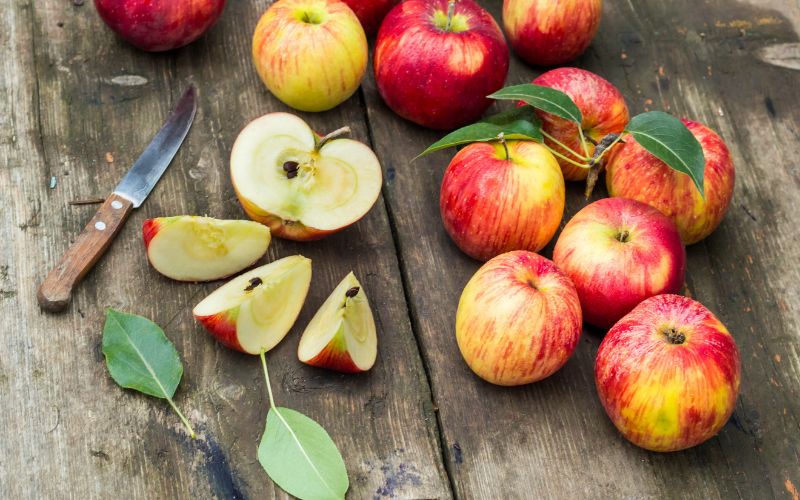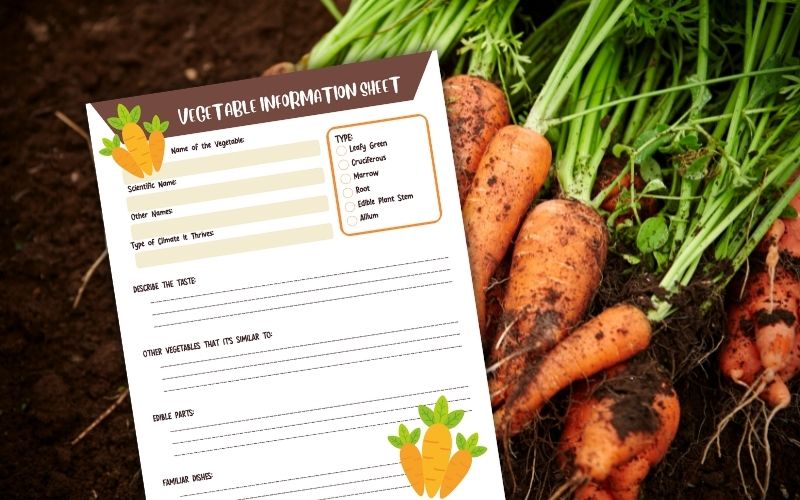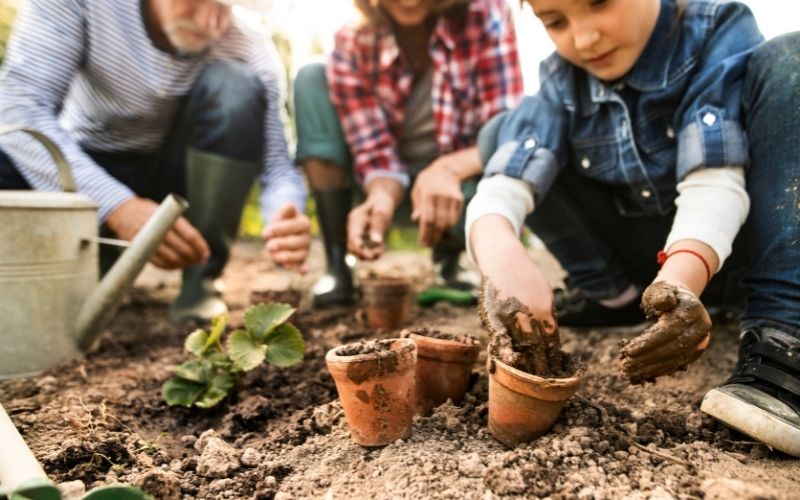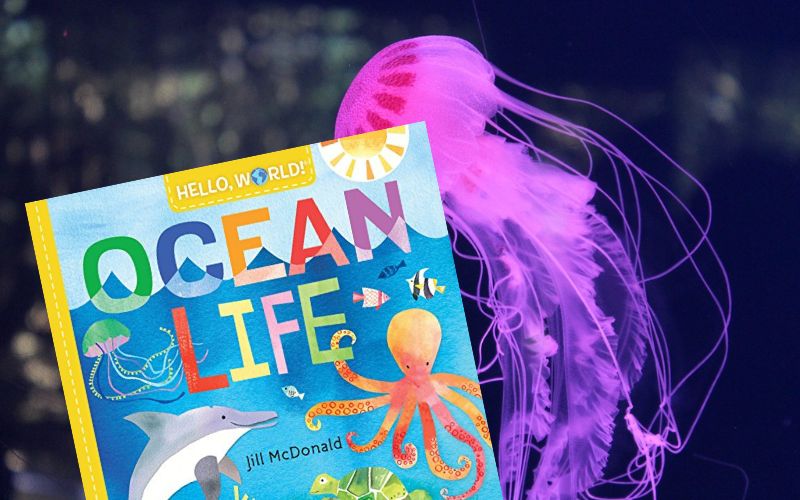Gardening Projects for Homeschoolers: Fun and Educational Ideas
Are you looking for a fun and educational activity to incorporate into your homeschool curriculum? Gardening is a great way to teach children about science, math, responsibility, and nutrition while also providing them with a hands-on learning experience. Whether you have a large backyard or just a small balcony, there are plenty of gardening projects for homeschoolers that you can do with your kids as part of your gardening unit study.

Planting seeds, caring for plants, and watching them grow is a great way to teach children about the life cycle of plants and the importance of caring for the environment. Gardening also provides an opportunity to learn about soil composition, composting, and the role of pollinators such as bees and butterflies in ecosystems.
Plus, growing your own fruits, vegetables, and herbs is a great way to teach children about healthy eating habits and the importance of sustainable food sources. So why not start planning your homeschool garden today?
Benefits of Gardening for Homeschoolers
Gardening is a fun and educational activity that offers numerous benefits for homeschoolers. Here are some of the benefits of gardening for homeschoolers:
Science Lessons
Gardening is a great way to teach science lessons in a hands-on and engaging way. Homeschoolers can learn about seed germination, plant growth, soil composition, and the different parts of a plant. They can also learn about ecosystems and the role of pollinators in plant reproduction. Gardening can also teach children about the water cycle, photosynthesis, and the importance of sunlight for plant growth.
Life Skills
Gardening is a great way to teach children important life skills such as responsibility, patience, and perseverance. Homeschoolers can learn how to plan and prepare a garden, plant seeds, water and care for plants, and harvest vegetables and fruits. They can also learn about composting and recycling kitchen scraps to make fertilizer for the garden.
Nutrition and Health
Gardening can also teach children about nutrition and health. Homeschoolers can learn about the different types of fruits and vegetables and their nutritional benefits. They can also learn about the importance of eating a variety of fruits and vegetables for a healthy diet. Gardening can also encourage children to try new foods and develop a love for fresh produce.
Outdoor Play and Physical Activity
Gardening is a great way to get children outdoors and engaged in physical activity. Homeschoolers can get exercise by digging, planting, weeding, and harvesting in the garden. They can also enjoy the fresh air and sunshine while learning about nature and the environment.
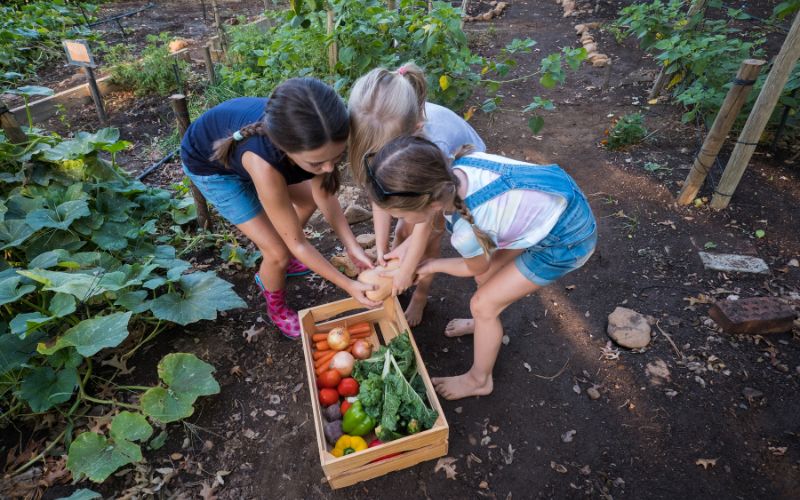
Curriculum Integration
Gardening can be integrated into many homeschool curriculums. Homeschoolers can use gardening as a theme for unit studies in science, math, and language arts. They can also use gardening books and resources to supplement their learning. Additionally, homeschoolers can use gardening as a way to teach math skills such as counting and measuring.
Some of my favorite gardening books for kids are:
- Gardening for Kids: Learn, Grow, and Get Messy with Fun STEAM Projects
- Up in the Garden and Down in the Dirt
- We Garden Together!: Projects for Kids: Learn, Grow, and Connect with Nature
- We Are the Gardeners
- Gardening Lab for Kids: 52 Fun Experiments to Learn, Grow, Harvest, Make, Play, and Enjoy Your Garden
Creativity and DIY Projects
Gardening can also inspire creativity and DIY projects for homeschoolers. Homeschoolers can design and build their own garden beds or planters. They can also make seed tapes, seed bombs, and other garden crafts. Gardening can also inspire children to create fairy gardens or rock formations in the garden.
Overall, gardening is a great way to teach homeschoolers about science, life skills, nutrition, outdoor play, and creativity. It can be integrated into many homeschool curriculums and inspire children to learn about nature and the environment.
Gardening Projects for Homeschoolers
Gardening is a great way to teach kids about science, nutrition, and the environment. It can also be a fun family activity that everyone can enjoy. Here are some gardening projects that you can do with your homeschoolers to help them learn about gardening and nature.
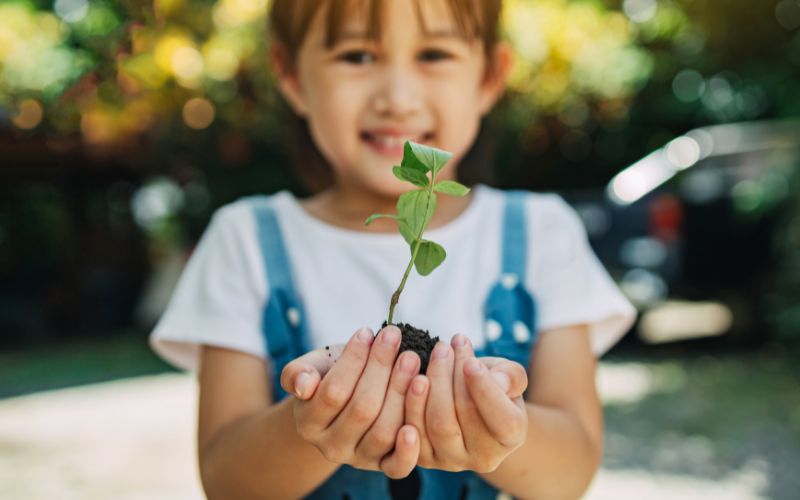
Creating a Garden Journal
Creating a garden journal is a great way to keep track of your gardening progress. You can use it to record what you planted, when you planted it, and how it’s growing. You can also use it to draw pictures of your plants and write down any observations you make. This is also a great way to teach your homeschoolers about the scientific method and how to make observations.
Here are some fun options for creating a garden journal with your homeschooled kids:
- Garden Journal for Kids: Large Gardening Planner and Logbook
- Free Printable Garden Journal for Kids
- Free Printable DIY Kids Garden Journal
Building a Planter Box
Building a planter box is a great way to teach your homeschoolers about woodworking and construction. You can use it to plant flowers, herbs, or vegetables. You can also use it to teach your homeschoolers about soil composition and how to prepare soil for planting.
Making Seed Tapes
Making seed tapes is a fun and easy way to plant seeds. You can use toilet paper or paper towels or other thin paper and a mixture of flour and water to create a paste. Then, you can use a toothpick to place the seeds on the paper and roll it up. This is a great way to teach your homeschoolers about seed spacing and how to plant seeds.
Here are a few tutorials to get you started:
- Gardening with Kids: DIY Seed Tape
- Make Seed Tape With Kids
- How to Easily Make Fun Seed Tape With Kids
Designing a Garden
Designing a garden is a great way to teach your homeschoolers about garden planning and design. You can use graph paper to draw out your garden and plan where you want to plant your flowers, herbs, or vegetables. This is a great way to teach your homeschoolers about plant placement and how to create a balanced garden.
Starting a Compost Pile
Starting a compost pile is a great way to teach your homeschoolers about recycling and soil health. You can use kitchen scraps, yard waste, and other organic materials to create a compost pile. This is a great way to teach your homeschoolers about decomposition and how to create nutrient-rich soil.
Growing Herbs in a Window Box
Growing herbs in a window box (or raised bed or container) is a great way to teach your homeschoolers about herb gardening and cooking. You can use a small window box and plant herbs like basil, thyme, and parsley. This is a great way to teach your homeschoolers about the different uses for herbs in cooking.

Planting a Pizza Garden
Planting a pizza garden is a fun way to teach your homeschoolers about gardening and cooking. You can plant tomatoes, peppers, onions, and herbs like basil and oregano. This is a great way to teach your homeschoolers about the different ingredients that go into making a pizza.
Building a Terrarium
Building a terrarium is a great way to teach your homeschoolers about plant care and ecology. You can use a glass container and plant small plants like succulents and ferns. This is a great way to teach your homeschoolers about the water cycle and how plants interact with their environment.
Making Seed Bombs
Making seed bombs is a fun way to teach your homeschoolers about guerrilla gardening and seed dispersal. You can use a mixture of clay, soil, and seeds to create small balls that you can throw into vacant lots or other areas that need some greenery. This is a great way to teach your homeschoolers about the importance of plants in our environment.
These gardening projects are just a few examples of the many ways you can teach your homeschoolers about gardening and nature. Gardening is a great way to get outside, get some exercise, and learn something new.
- How To Make Seed Bombs
- How to Make DIY Wildflower Seed Bombs with Kids
- How To Make Seed Bombs With 3 Different Techniques
Conclusion
Congratulations! You’ve completed your gardening projects for homeschool and now have a beautiful garden to enjoy. Gardening is a fantastic way to teach your children about nature, science, and responsibility. It also provides a great opportunity to get outside, get some exercise, and enjoy the fresh air.
Remember to keep your garden well-maintained by watering, weeding, and fertilizing regularly. You can also consider adding some fun garden decorations like wind chimes, birdhouses, or stepping stones to make your garden even more enjoyable.
Don’t forget to harvest your crops when they are ready. You can use your fresh produce to make delicious meals, snacks, and desserts. You can also consider donating any excess produce to a local food bank or sharing with your neighbors.
Gardening is a lifelong skill that can bring joy and satisfaction for years to come. Keep experimenting, learning, and growing with your garden. Who knows, you may even discover a new passion or career path along the way.
Thank you for joining us on this gardening adventure. Happy planting!


